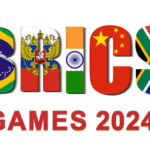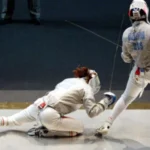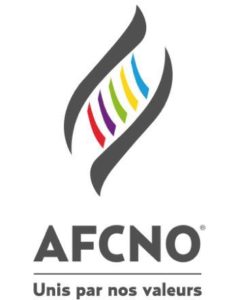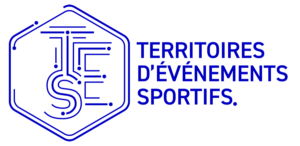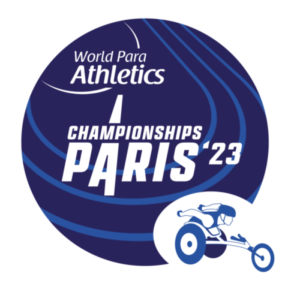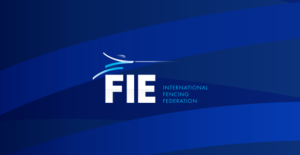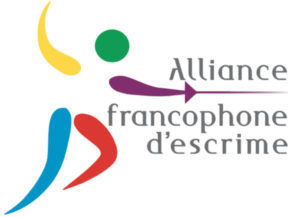
A day or so away, the timing would have been more careful. Valérie Pécresse, the president of the Ile-de-France region, took on another of her hats on Monday March 25, the presidency of IDF Mobilités, the public establishment in charge of public transport in the Ile-de-France region, to detail in front of the media the transport plan for the Paris 2024 Games. Four months and one day before the opening of the Olympic Games.
The exercise was eagerly awaited, as the transport issue has often fueled controversy and crystallized concerns. Valérie Pécresse opened it wide, detailing without holding back the figures the traffic forecasts, the promises kept and the initiatives imagined for the period of the Games.
What should we remember? Gigantism, first of all.
The president of the Ile-de-de-France region, engaged since the application phase in the Olympic and Paralympic adventure, surprised no one by announcing that the transport challenge would be “ extraordinary ". To suggest otherwise would have been a scoop.
Two figures sum it up: 60.000 spectators per hour in transport at the busiest times of the day, particularly around the Saint-Denis sites – the Stade de France and the Olympic Aquatic Center. On average therefore, 1.000 people per minute.
Line 14 of the metro, the extension of which will be inaugurated in June, will see its attendance double compared to the current situation, according to estimates from IDF Mobilités. It could reach a million people per day. But its automation will reduce the interval between two trains to 85 seconds.
Still in the metro department, IDF Mobilités has identified the lines which should be most affected by the Olympic and Paralympic Games. There are nine of them (5, 6, 7, 8, 9, 10, 12, 13 and 14). Not less. But, to face the challenge, line 9 will see its capacity increased from 60 to 70% (just like lines A and C of the RER).
As a bonus, three metro stations will be closed to the public for the duration of the Games – Concorde, Tuileries and Champs Élysées-Clémenceau – which should lead to overcrowding of neighboring stations. For the RER, tensions are planned on lines B, C and D.
Another announcement: a network of ten free shuttle lines will ensure spectator access to competition sites not served by public transport, including the Vaires-sur-Marne lake (rowing and canoeing) and the Elancourt hill (mountain bike).
We should also remember from Valérie Pécresse's long presentation to the media the opening of several metro lines and the RER C throughout the night, Saturday August 10, the day before the closing of the Games. The reason: the marathon for all and the 10 km race open to the general public.
The president of the region also announced that the 45.000 Paris 2024 volunteers (30.000 for the Olympic Games, 15.000 for the Paralympics) will benefit from free transport.
The OCOG announced it, Valérie Pécresse confirmed it: technology will play its role in avoiding chaos. A new application, “Paris Public Transport 2024”, is due to be launched in May. Available in six languages, it will not only allow you to purchase tickets and the Paris 2024 Pass, but also to find the best route to limit waiting times and avoid crowds, with real-time distribution of spectators.
The application will highlight all the deserted lines with the distances to be covered on foot and their equivalent in minutes. Objective: to encourage spectators to complete part of the journey on foot. “ A third of visitors to the Games will be between 25 and 35 years old, recalled Valérie Pécresse. At this age, you can extend the journey on foot from time to time. And we will be in August. »














